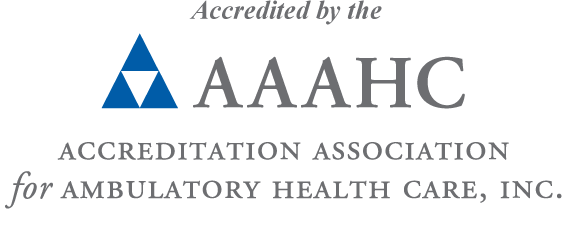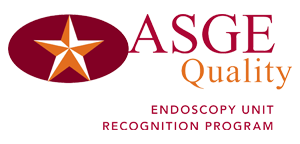Contrast X-rays of the Digestive System
General Information:
- Description: Contrast (Barium) is used to fill the intestines. X-rays can not penetrate the contrast. With the intestines filled with the contrast, abnormalities in the lining can be detected. A radiologist and a technician at an x-ray facility perform the test. The results are interpreted by the radiologist. The test takes 30 minutes to 3 hours to perform, depending on which segment is being examined.
- Discomfort – Minimal discomfort associated with lying on the x-ray table.
- Results – Within 1-2 days; within 1 hour in emergency situations.
- Risks of Procedure – Exposure to radiation, particularly during pregnancy. Some types of contrast dye may block the intestines if not passed in 1 to 2 days.
- Special Equipment – Contrast material (barium), X-ray machine, and Fluoroscope.
- Risks/Complications – Risks associated with radiation, particularly during pregnancy. The barium may accumulate and block the intestines if it is not removed within a day or two.
- Other Names – Other names of contrast x-rays of the intestines depend on the segment of the intestines to be examined. Barium swallow or esophagogram (examines the esophagus and swallowing); upper gastrointestinal (GI) series (examines the esophagus, stomach and the first part of the small intestines); small bowel series, enteroclysis or small bowel enema (examines the small intestines); barium enema (examines the large intestines or colon).
Indications for the Test
- To evaluate swallowing problems and identify abnormalities in the esophagus (barium swallow or esophagogram).
- To detect cancers, ulcers and other inflammatory conditions in the lining of the esophagus, stomach, or duodenum (upper GI series).
- To identify abnormalities of the small intestines such as blockages, tumors and Crohn’s disease (enteroclysis or small bowel series).
- To identify cancer, polyps, inflammation, and diverticula of the colon and rectum (barium enema or air contrast barium enema).
Preparation
- A light meal should be eaten the evening before the test and nothing by mouth after midnight. Children should have nothing by mouth 4 hours before the test.
- A laxative or enema is given on the day before the test to clear the colon for a small bowel series.
- Clear liquids and an intestinal purgative are given the day before the test for a barium enema.
- Prior to the procedure, remove all clothing and wear a hospital gown.
Procedure
- For an upper GI or a small bowel series, you drink the contrast. For an enteroclysis, barium is pumped through a tube that is passed down the nose, through the stomach, and into the small bowel. For a barium enema, the contrast is given via an enema.
- You are placed on an x-ray table for the images to be taken.
- The Radiologist examines the intestines with a fluoroscope. The Radiologist may push on your abdomen to better view different segments of the intestines.
- Air may be introduced into the colon during the barium enema to perform an air contrasted barium enema. This makes it possible to see small abnormalities of the lining of the colon.
After the Procedure
- You may dress and leave.
- You may be given a mild laxative to assist in passage of the contrast dye.
- Your stools will be light-colored and chalky after the test till all of the contrast is passed.
Factors Affecting Results
- An incomplete bowel preparation (presence of food) may affect the x-ray films.
- Movement during the test and obesity may affect the x-ray films.
Advantages
- The test gives a better image of the intestines than a regular (uncontrasted) x-ray.
- The test is minimally invasive.
- The test is less expensive than endoscopy or a CT scan.
Disadvantages
- Radiation exposure.
- Further testing might be needed to clarify the cause of any abnormality identified.


